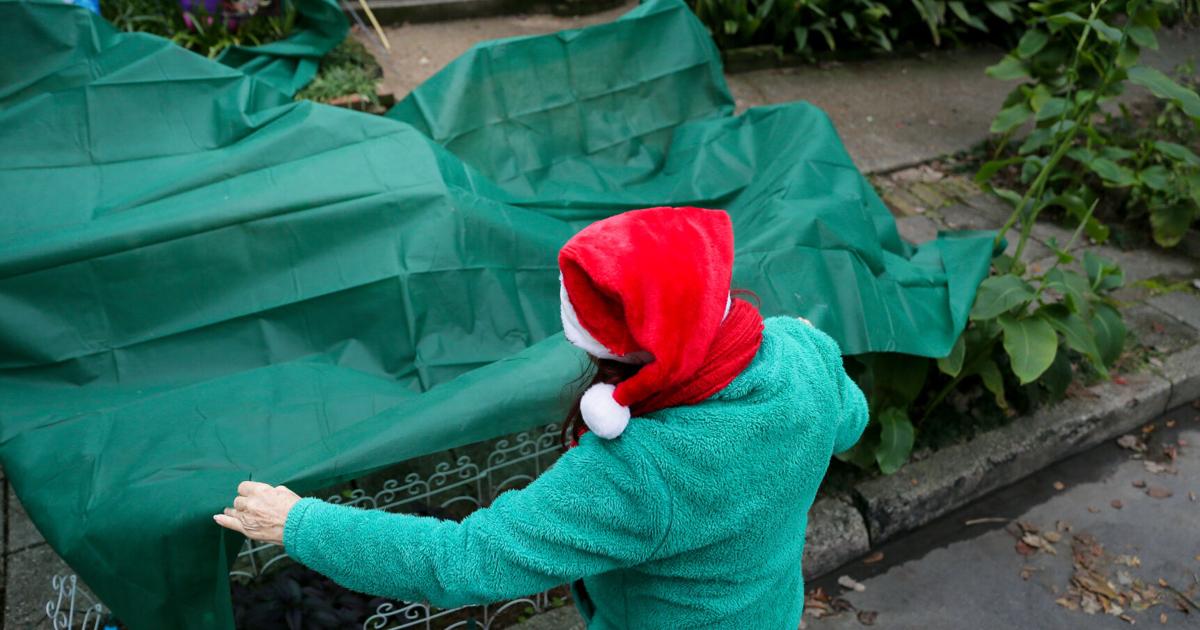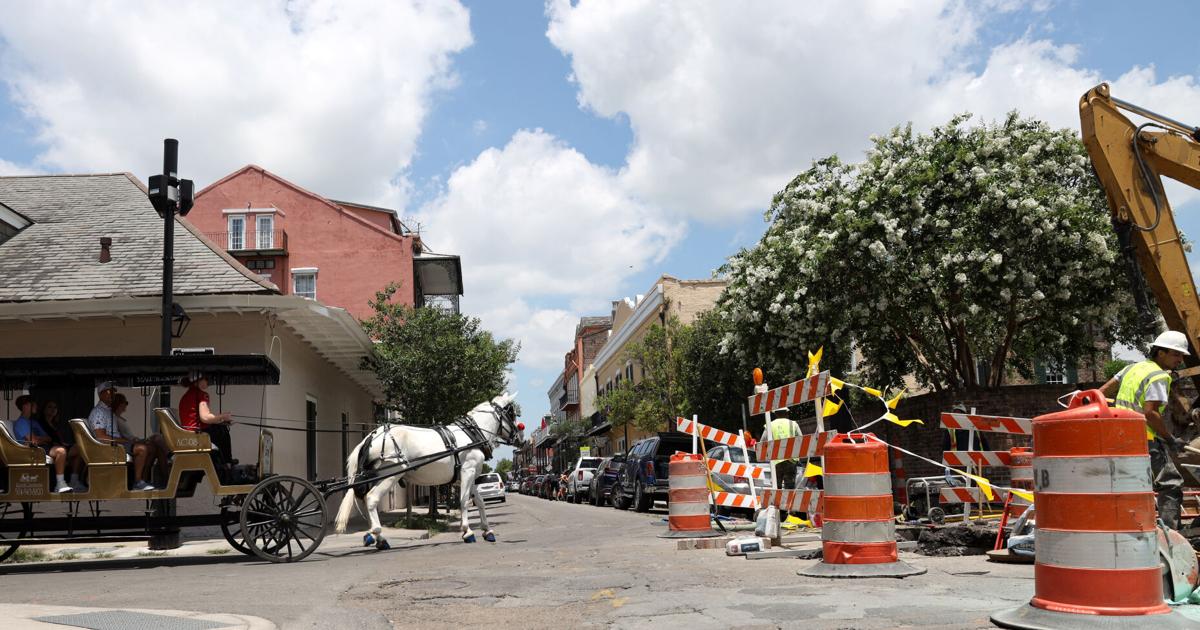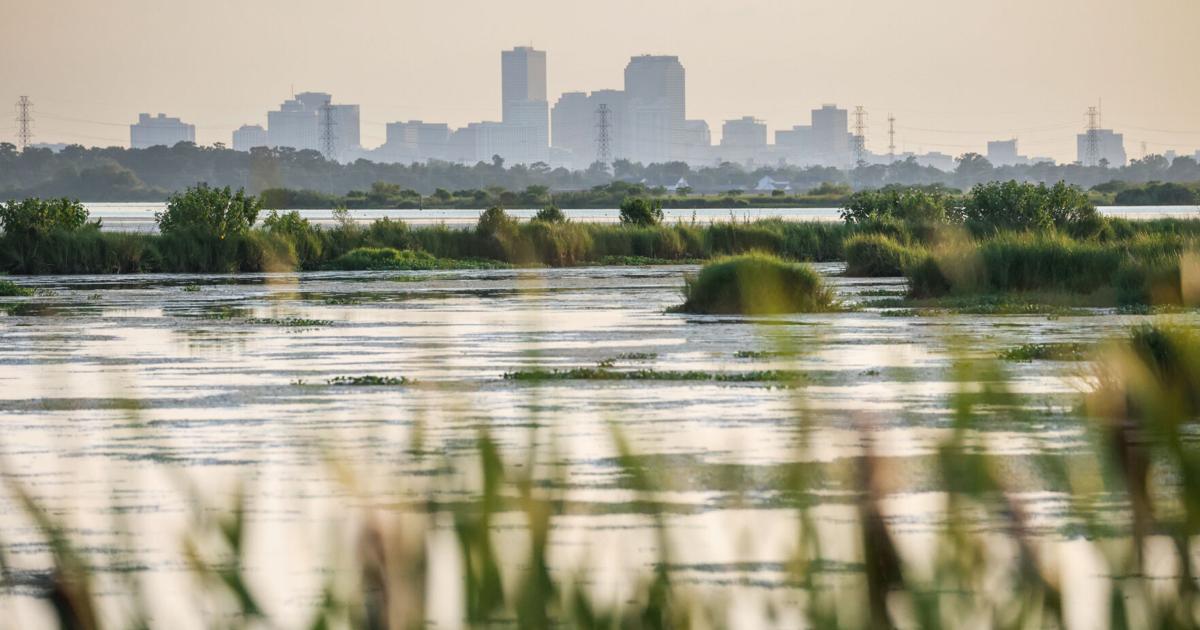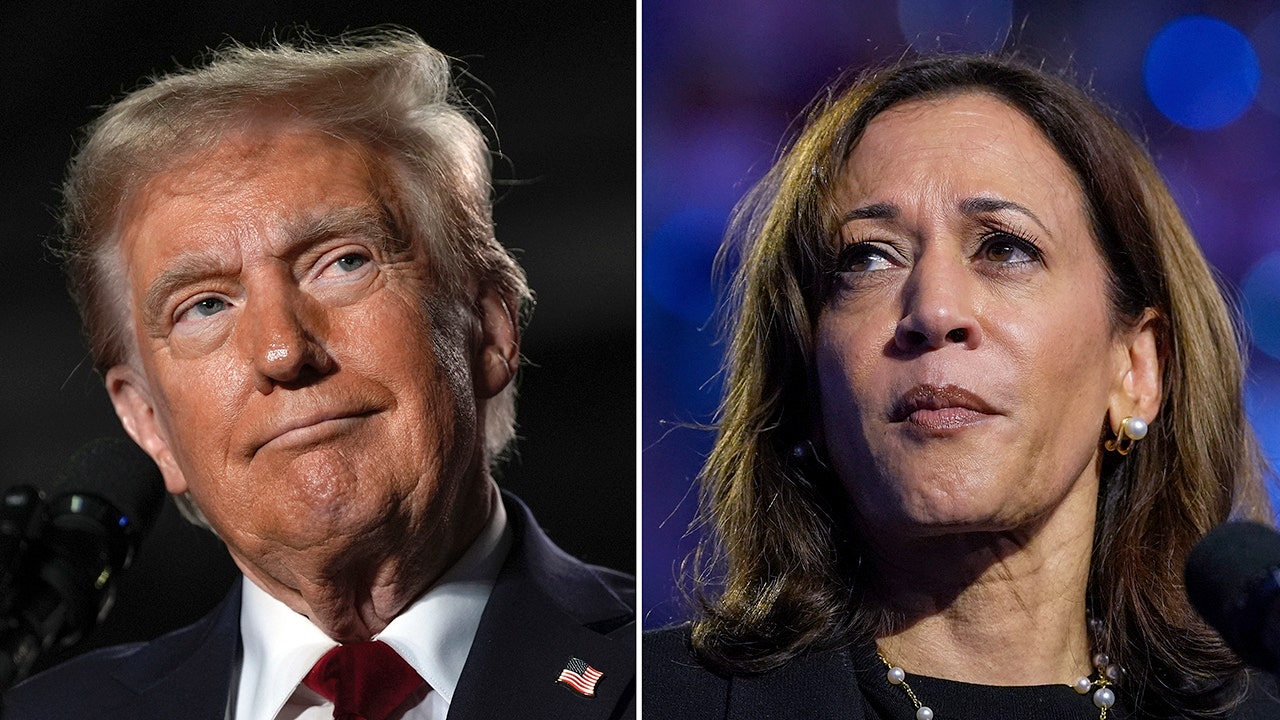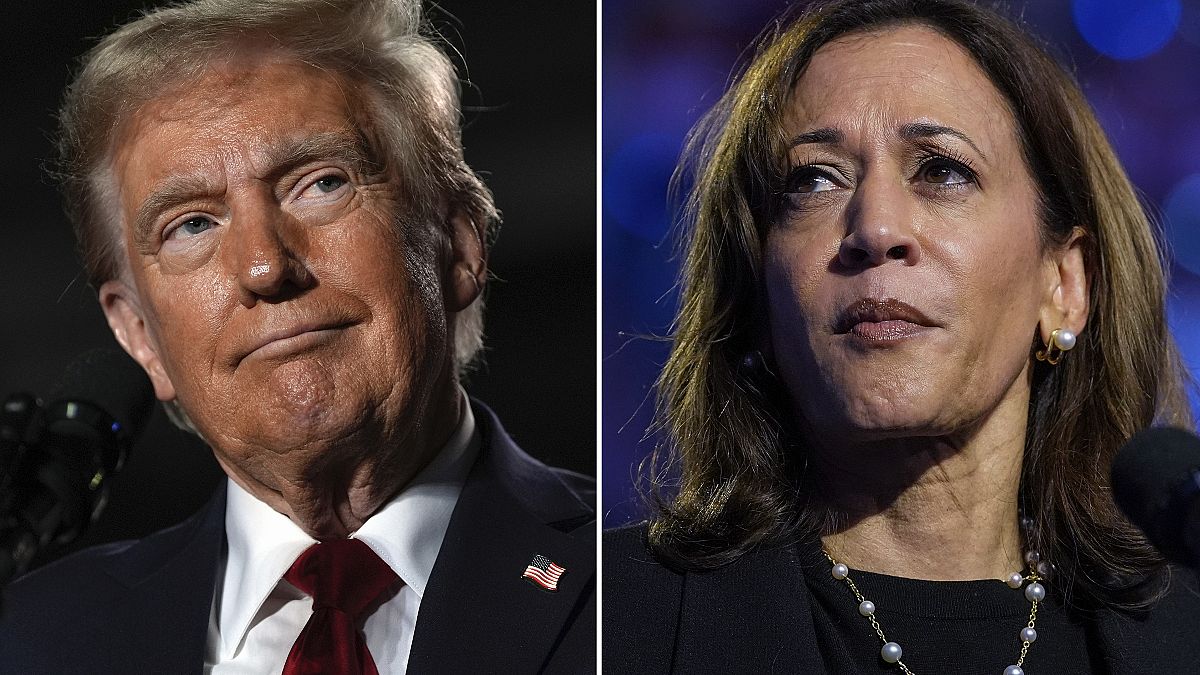Louisiana
Emergency declared for salt cavern in southwest Louisiana over stability concerns
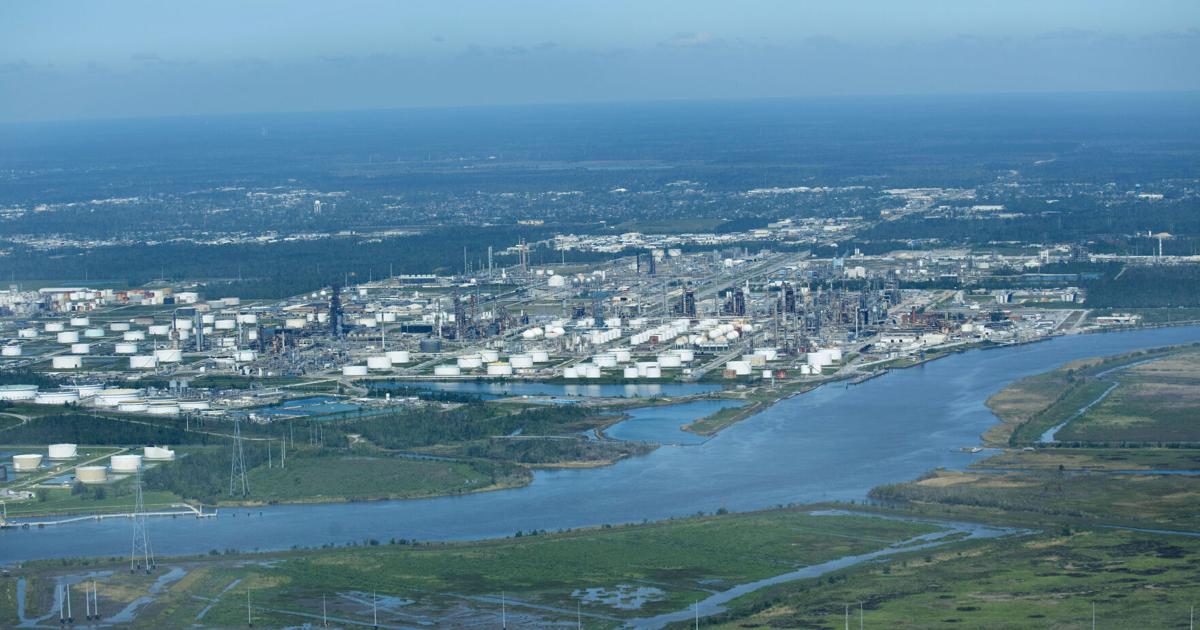
Gov. John Bel Edwards declared an emergency Wednesday over stability concerns in a southwestern Louisiana salt cavern that has been operated by a chemical company, but said there were no signs of imminent collapse.
Natural gas has been bubbling to the surface and subsidence has occurred at the inactive cavern within the Sulphur Mines Salt Dome in Calcasieu Parish. Edwards said in a statement that the emergency declaration will free funding to determine what if any action the state should take.
It is located in a fairly remote area and no evacuations have been ordered, said Patrick Courreges, spokesman for the state Department of Natural Resources. The cavern has been unable to maintain stable pressure, he said.
Edwards said state scientists and inspectors “are telling us they are seeing significant early warning signs of a potential subsurface problem” in the salt dome.
“I want them to have access to every tool available to best understand what is going on in and around these caverns and map out the best response to ensure protection of our people and the environment,” Edwards said.
The salt dome has been used by petrochemical plants in the area; the cavern’s operator is Westlake US 2 LLC, a subsidiary of Houston-based Westlake Corp. A second nearby cavern, also operated by Westlake, is being monitored as well.
It is not the type of mine requiring workers to descend down a shaft. Water is injected that absorbs salt and emerges as brine, said Courreges.
Salt dome stability issues will bring back memories of the Bayou Corne giant sinkhole incident that occurred northwest of Napoleonville in 2012. The sinkhole’s appearance overnight led operator Texas Brine to eventually agree to buy out dozens of home and camp owners.
State officials addressed that issue, saying lessons have been learned in the interim and regulations have evolved.
“In this case, we have seen some markers that are similar to what was seen then, but nowhere near as severe,” state Conservation Commissioner Monique Edwards said in a statement. “We also still have direct access to the caverns we are concerned with.”
The commissioner cited the threat of subsidence as key in the declaration. The statement said that gas bubbling and integrity concerns “are indicators of a potential threat to groundwater in the area.”
It noted that her office intended to hire contractors and experts to assist in the response following the emergency declaration.
Pressure anomalies were noted in the area in 2021. The following year, the cavern in question failed a mechanical integrity test.
In response, Westlake began pumping brine into the cavern to maintain minimum pressure. Gas bubbling, oil seepage and subsidence eventually led to the emergency declaration, the statement from Edwards’ office said.
The two caverns were originally drilled as brine-mining wells to supply salt water for petrochemical processes in the mid-1950s, the statement said.
In 1979, the U.S. Department of Energy took them over as part of the Strategic Petroleum Reserve. They were transferred back to a private use in the mid-1990s. Brine mining was reported to have ended for both caverns by 2014.

Louisiana
US supreme court to rule on new mostly Black Louisiana congressional districts

The US supreme court said on Monday it will take up a new redistricting case involving Louisiana’s congressional map with two mostly Black districts.
The court will not hear arguments until early next year and the 2024 elections are proceeding under the challenged map, which could boost Democrats’ chances of retaking the closely divided US House.
A lower court had invalidated the map, but the justices allowed it to be used in 2024 after an emergency appeal from the state and civil rights groups.
The issue in front of the justices is whether the state relied too heavily on race in drawing a second majority Black district.
The court’s order on Monday is the latest step in federal court battles over Louisiana congressional districts that have lasted more than two years. Louisiana has had two congressional maps blocked by lower courts – and the US supreme court has intervened twice.
The state’s Republican-dominated legislature drew a new congressional map in 2022 to account for population shifts reflected in the 2020 census. But the changes in effect maintained the status quo of five Republican-leaning majority white districts and one Democratic-leaning majority Black district in a state that is about one-third Black.
Noting the size of the state’s Black population, civil rights advocates challenged the map in a Baton Rouge-based federal court and won a ruling from US district judge Shelly Dick that the districts probably discriminated against Black voters.
The supreme court put Dick’s ruling on hold while it took up a similar case from Alabama. The justices allowed both states to use the maps in the 2022 elections even though both had been ruled likely to be discriminatory by federal judges.
The high court eventually affirmed the ruling from Alabama, which led to a new map and a second district that could elect a Black lawmaker. The justices returned the Louisiana case to federal court, with the expectation that new maps would be in place for the 2024 elections.
The fifth US circuit court of appeals gave lawmakers in Louisiana a deadline of early 2024 to draw a new map or face the possibility of a court-imposed map.
Jeff Landry, the state’s Republican governor, had defended Louisiana’s congressional map as the state’s attorney general. Now, though, he urged lawmakers to pass a new map with another majority-Black district at a special session in January. He backed a map that created a new majority Black district stretching across the state, linking parts of the Shreveport, Alexandria, Lafayette and Baton Rouge.
A different set of plaintiffs, a group of self-described non-African Americans, filed suit in western Louisiana, claiming that the new map was also illegal because it was driven too much by race, in violation of the US constitution. A divided panel of federal judges ruled 2-1 in April in their favor and blocked use of the new map.
The supreme court voted 6-3 to put that ruling on hold and allow the map to be used.
Liz Murrill, the state attorney general whose office has defended both maps enacted by lawmakers, called on the court to “provide more clear guidance to legislators and reduce judicial second-guessing after the legislature does its job”.
“Based upon the supreme court’s most recent pronouncements, we believe the map is constitutional,” Murrill said.
The state and civil rights groups were at odds over the first map but are allies now.
“Federal law requires Louisiana to have a fair map that reflects the power and voice of the state’s Black communities,” Stuart Naifeh of the NAACP Legal Defense and Education Fund said in a statement. “The state recognized as much when it adopted a new map with a second majority-Black district in January. Now the supreme court must do the same.”
The supreme court vote to use the challenged map in this year’s elections was unusual in that the dissenting votes came from the three liberal justices, who have been supportive of Black voters in redistricting cases. But, in an opinion by justice Ketanji Brown Jackson, they said their votes were motivated by their view that there was time for a new map to be drawn – and their disagreement with past court orders that cited the approach of an election to block lower-court rulings.
“There is little risk of voter confusion from a new map being imposed this far out from the November election,” Jackson wrote in May.
In adopting the districts that are being used this year, Landry and his allies said the driving factor was politics, not race. The congressional map provides politically safe districts for the House speaker, Mike Johnson, and majority leader, Steve Scalise, fellow Republicans. Some lawmakers have also noted that the one Republican whose district was greatly altered in the new map, Garret Graves, supported a Republican opponent of Landry in the 2023 governor’s race. Graves chose not to seek re-election under the new map.
Among the candidates in the new district is Cleo Fields, a Democratic state senator and former congressman who is Black.
Read more of the Guardian’s 2024 US election coverage
Louisiana
3 dead, including infant, in helicopter crash on rural street in Louisiana
The Federal Aviation Administration is investigating after three people, including an infant, died in a helicopter crash in southwest Louisiana.
The crash took place on Friday night in the town of Iowa, prompting local law enforcement, local firefighters and the Louisiana State Police to respond to the scene, Calcasieu Parish Sheriff Gary “Stitch” Guillory reported.
According to the FAA, a Robinson R44 helicopter crashed about 9 p.m. on a rural street in the town, about 60 miles directly east of Lafayette near Lake Charles.
Three people were on board, Rick Breitenfeldt, a FAA spokesperson told USA TODAY on Monday morning.
Couple, infant killed in helicopter crash on rural street
A male, female and infant died in the crash, Guillory told KFDM-TV, and the aircraft appeared to be personal helicopter.
It was not immediately known where the helicopter took off from or where it was headed.
No other injuries were reported.
The victims’ identities were not immediately released.
USA TODAY has reached out to the sheriff’s office.
The cause of the crash remained under investigation on Monday by the FAA and the National Transportation Safety Board, who will head the investigation.
Natalie Neysa Alund is a senior reporter for USA TODAY. Reach her at nalund@usatoday.com and follow her on X @nataliealund.
Louisiana
HEART OF LOUISIANA: Ford Assembly Plant

ARABI, La. (WAFB) – The building is massive, a quarter-of-a-million square feet under roof, tucked away on 25 acres of land along the Mississippi river in Arabi, Louisiana. From the second floor of the century-old building, you get a stunning view of the New Orleans skyline upriver. History was being manufactured here in the 1920s. Model T Fords that revolutionized America were being built at this facility. The assembly lines were mass producing cars that people could afford.
“Automobiles were being driven from town to town. They had to build roadways. They needed motels for those who were going on longer trips. There were places for people to eat,” said Sidney Torres III.
Torres, a Saint Bernard Parish attorney, owns the old Ford building. It’s one of the regional production plants that Henry Ford built across America. He figured it was easier to ship parts than finished Model T’s. So car production moved out of Detroit to assembly plants like this one in Arabi. I wonder as you walk through here, if you ever imagine what it was like back in the 1920s when they were building thousands of Model T’s right here.
“I do,” Torres said, “and it’s fascinating because it’s a trip back in history. Henry Ford probably was standing right here at some point in time. There may have been 400 people who were actually working, assembling the vehicles. There’s just this feeling that the energy is still there.”
The Arabi location was strategic. It was located near a major city. It had access to the Mississippi River and port for shipping cars to South America. And it was located alongside rail lines. The massive building was designed by famed industrial architect Albert Kahn, who helped shape the skyline of Detroit. You can still see signs of the state-of-the-art car production facility. Torres couldn’t resist finding one of the old Model T Fords that still runs after more than 100 years.
“And it’s a little bit complicated. There’s three pedals down there and none of them do what you think they will do,” said Torres.
Do you have any idea if this was actually built here in Arabi?
“I could not trace it back to this actual facility, but it very well could have been,” Torres said.
Torres is planning a future for this old assembly plant that will feature 21st century businesses from film and interactive media to esports and a multi-purpose event center.
“There‘s just something about this space that brings you back in time and it also causes you to have the visions for the future to say, wow, this could really be something special,” said Torres.
This massive building was clearly something special when it opened here in 1923 and now it has a chance at a new type of production in its future.
More information on the old Arabi Ford plant and other local features can be found on Heart of Louisiana’s website.
Click here to report a typo. Please include the headline.
Click here to subscribe to our WAFB 9 News daily digest and breaking news alerts delivered straight to your email inbox.
Copyright 2024 WAFB. All rights reserved.
-

 Sports1 week ago
Sports1 week agoFreddie Freeman's walk-off grand slam gives Dodgers Game 1 World Series win vs. Yankees
-
News1 week ago
Sikh separatist, targeted once for assassination, says India still trying to kill him
-

 Culture1 week ago
Culture1 week agoFreddie Freeman wallops his way into World Series history with walk-off slam that’ll float forever
-

 Technology1 week ago
Technology1 week agoWhen a Facebook friend request turns into a hacker’s trap
-
Business3 days ago
Carol Lombardini, studio negotiator during Hollywood strikes, to step down
-

 Health4 days ago
Health4 days agoJust Walking Can Help You Lose Weight: Try These Simple Fat-Burning Tips!
-
Business3 days ago
Hall of Fame won't get Freddie Freeman's grand slam ball, but Dodgers donate World Series memorabilia
-

 Business7 days ago
Business7 days agoWill Newsom's expanded tax credit program save California's film industry?



